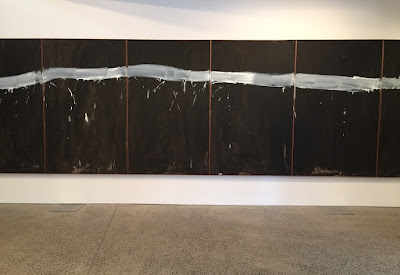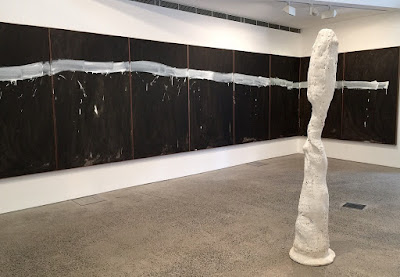Second Chances
Melinda Schawel monograph launch coinciding this exhibition opening see Flinders Lane Gallery website: www.flg.com.au
To May 19
 |
| Right Here 2018, ink and pencil on torn and perforated paper, 105 x 75 cm (120 x 89 cm framed size) |
 |
| Crown of Thorns I 2018, perforated paper, 75 x 105 cm (91 x 120 cm framed size) |
‘The abstracted compositions of Melinda Schawel conjure a kind of visual ecology; a symbolic world where concept and construct interact in quiet symbiosis. Immersing herself in the often-overlooked alchemy of paper, the American born, Melbourne-based artist summons formal dialogues between texture and mark to present her experiential vision of the natural world.’ Elli Walsh 2018 (catalogue excerpt).
Melinda Schawel monograph launch coinciding this exhibition opening see Flinders Lane Gallery website: www.flg.com.au
















